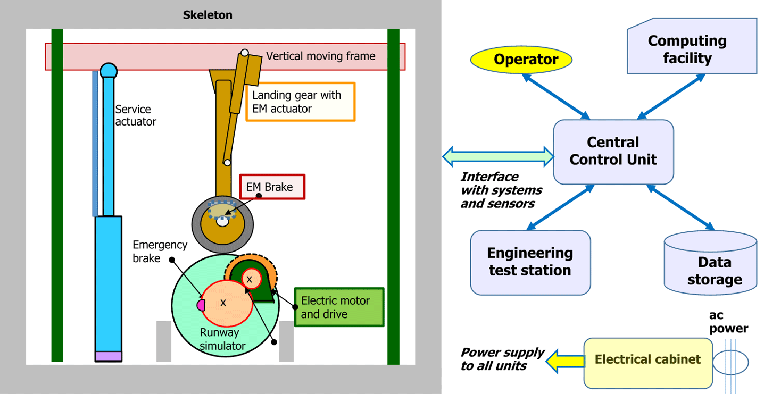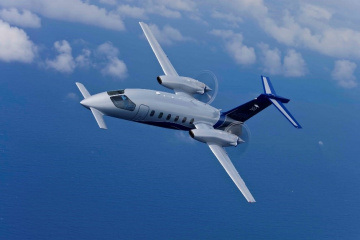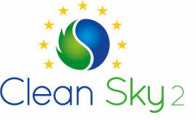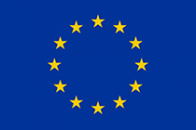E-LISA - Electro-mechanical Landing gear system Integration for Small Aircraft
|
|
|
|
The project
E-LISA is a research project aimed at developing, manufacturing, testing, and qualifying an innovative Iron Bird for integration tests of landing gear electro - mechanical actuator and brake for small aircraft transport applications.
Tests will be performed able to reproduce in a realistic and comprehensive way the landing gear operational cases, defined by certification specifications and topic leader requirements.
The Iron Bird will consist of a multi-functional intelligent test facility integrating hardware and software allowing performing all the tests and analyses perceived as fundamental to demonstrate the maturity of an electro-mechanical landing gear, hence paving the way for its implementation in a small transport aircraft.
The activities addressed by E-LISA aim to push the integration of electrical technologies to a further level of complexity and maturity than currently available, so as to drastically de-risk their integration on future products and contribute to achieve the permit-to-fly.
Key features
- Use of innovative modular design architectures and cost effective technologies:
- Modular architecture, allowing testing of either main, or nose landing gear
- Modularity in terms of capability of integrating different types of main and nose landing gears of different small transport aircraft
- Modularity in terms of capability of being integrated in more complex Iron Birds
- Reproduction of aircraft inertia, aerodynamic forces and runway characteristics
- Hardware and software in the loop testing
- Development of a methodology suitable for deep learning from big data obtained from the test campaign
- Validation and fine tuning of prognostics and health management algorithms and of failure models, facilitating the maintenance paradigm change from "scheduled" to "condition based"
All together, these key features will contribute to advance the Iron Bird technology beyond the current state-of-art
|
|
Significant Iron Bird innovations |
- Real-time application of loads
- Contact between landing gear wheel and runway simulator with a controllable vertical approach speed
- Possibility of reproducing the contact between wheel and runway with different roughness and irregularities of the runway, and to create wet conditions
- Realistic physical reproduction of the whole deceleration phase for landing (or acceleration for takeoff) by use of a high-fidelity real-time simulation model of the aircraft and of a speed controlled runway simulator, which actually embeds the effect of the aircraft inertia in the longitudinal direction
- Possibility of running tests representative of different aircraft weights and different landing (or takeoff) speeds

The Consortium
The E-LISA project is conducted by a consortium of four partners that are well-recognized specialists on their relevant domains and join their experiences to enable the achievement of the project objectives:
- The Department of Mechanical and Aerospace Engineering of Politecnico di Torino is the project coordinator and contributes with its competence in systems engineering, modeling and simulation, prognostics and health management
- Magnaghi Aeronautica is a leader in design, development, manufacturing, qualification testing, certification and maintenance of landing gear systems
- Centre d'Etudes et de Recherches pour les Techniques Industrielles Appliquèes (CERTIA) has a recognised expertise in design and manufacture of complex test rigs for aerospace, automotive and industrial applications
- ProEtico is an SME with capability developing and industrialising functional prototypes and advanced solutions by making use of Industry 4.0 Key Enabling Technologies.
The Topic Leader

Piaggio Aerospace is the Topic Leader for the project, defines the specifications and supervises the project development
This project has received funding from the Clean Sky 2 Joint Undertaking (JU) under grant agreement No 887222. The JU receives support from the European Union’s Horizon 2020 research and innovation programme and the Clean Sky 2 JU members other than the Union”.




